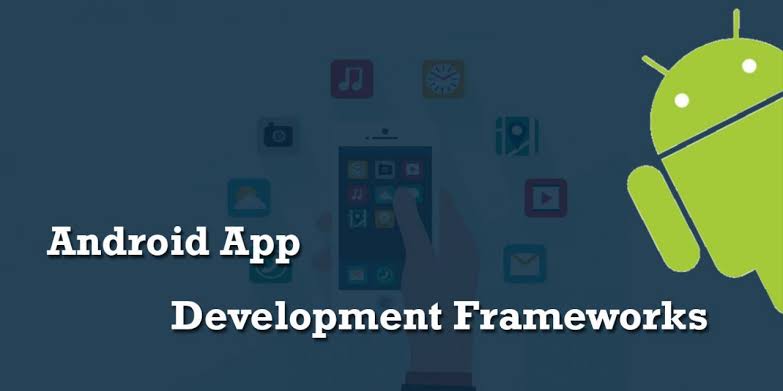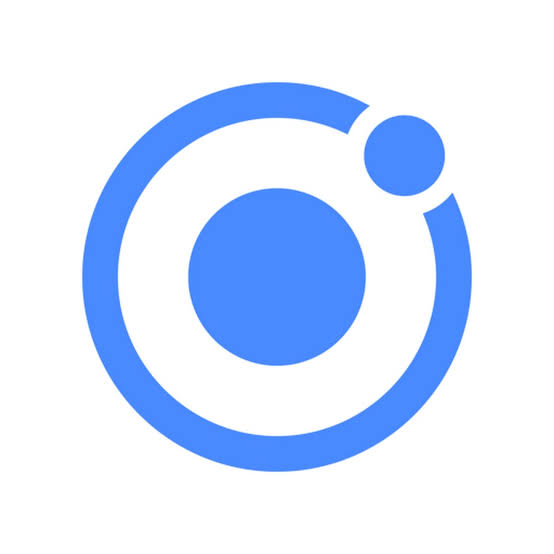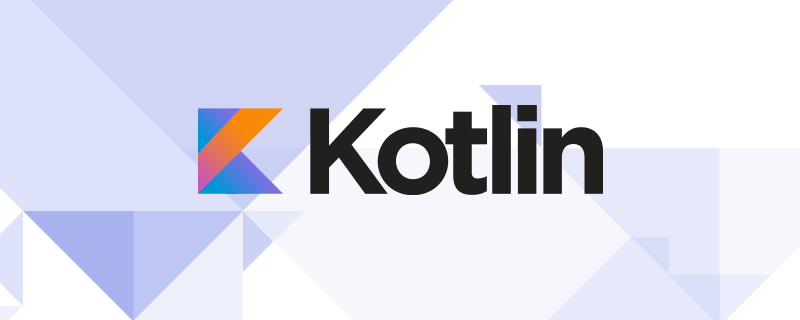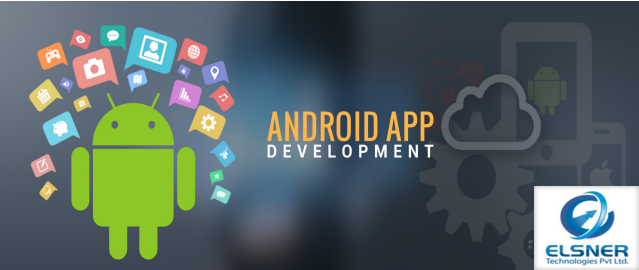
Everyone today knows that iOS is giving a fierce competition to Android. However, the Android mobile operating system is still holding a prominent place in the mobile app development market. It was in the year 2019 when the Android OS increased from 85.1% to 87%. In the coming five years, it is expected to generate a compound annual growth rate (CAGR) of 1.7% with shipments of 1.30 billion in the year 2023.
It has been estimated, according to Statista, Android had approximately 2.8 million apps available on Google Play Store in the year 2019. The numbers are a testimony to the fact that the Android OS continues to reach new heights at a steady pace. Also, the fact that Android OS is more flexible and open technology than iOS in terms of development. This very reason makes businesses across the globe to prefer it. In addition to this, it allows companies to reach a broader spectrum of audience.
Developers use different processes to create Android apps. However, the widely accepted method is to download Android Studio. It is an Integrated Development Environment (IDE) that provides requisite packages that assist in Android app development.
As the new year has just started, we have provided you with some amazing frameworks that are going to be a major hit.
React Native

It is an open-source framework created by Facebook that assists in developing native mobile apps. With the help of a JavaScript framework in it, developers can easily create apps with the help of building blocks in the same way as native apps. Hence, it sometimes becomes very difficult to determine whether the app is developed using React Native or Java.
Android developers can easily optimize the React Native apps by integrating codes that are written in other languages like Objective C, Swift or Java. This technology has been practised by different Fortune 500 companies like Telsa, Instagram, Walmart, etc. for mobile app development.
Ionic

It is an open-source framework that is used to create progressive web apps and native mobile apps. Since it is a cross-platform technology, developers can effortlessly create Android apps and then shift it to other platforms.
Developers have the chance to create progressive hybrid apps with the help of JavaScript, HTML5 or CSS3. It also provides different features to the developers like logging, live loading, and emulators. It uses Angular and Cordova based technology and has a large community of 5 million developers globally who have already created approximately 4 million apps with the help of this Android app development framework.
Kotlin

Invented by JetBrains, this modern platform provides a powerful combination of features, functions, and object-oriented programming. It can easily work with Java language and can operate on the Java Virtual Machine (JVM). It was in the year 2017 when Google declared Kotlin as an official IDE for Android app development.
The developers employ it as a replacement for Java. The reason being, it streamlines the app development process. In addition to this, it can be utilized as a primary language for app development. Did you know that large corporates like Twitter, Airbnb, Uber, Netflix, and Trello are migrating from Android apps to Kotlin? Isn’t that amazing?
To take advantage of any of these frameworks in the new year, contact a professional Android app development company.


